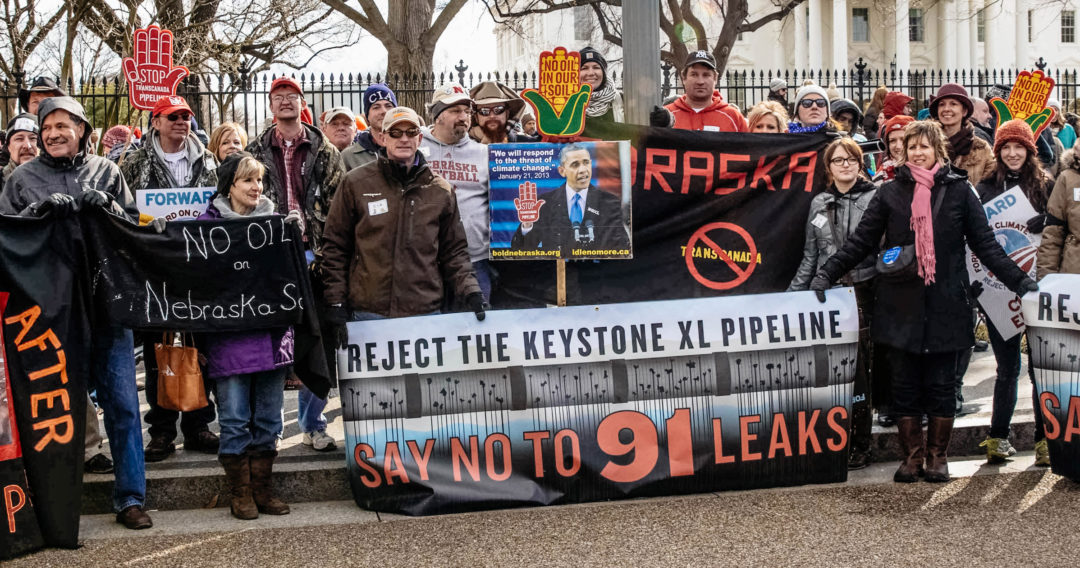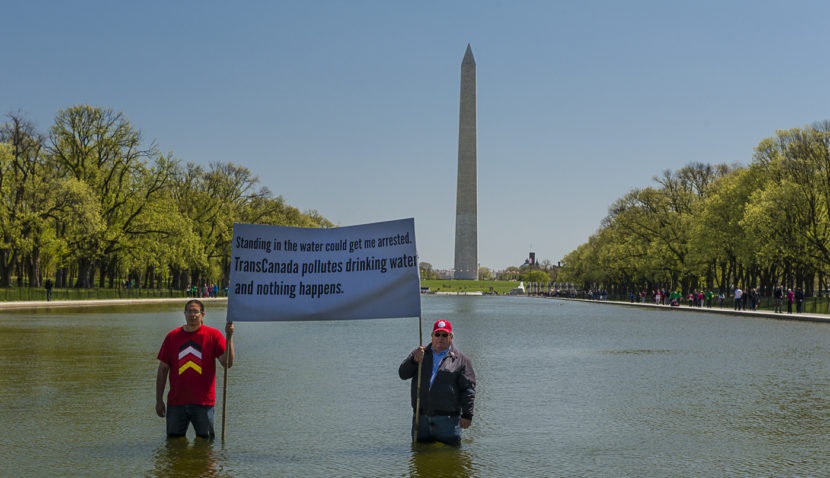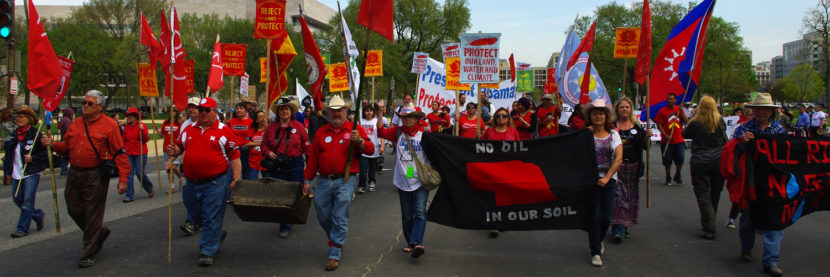Landowner & Activist Resources: Our Historic Victory Over Keystone XL


BACKGROUND
Throughout the Keystone XL fight, Nebraskans spoke up and took action to help stop TransCanada’s proposed tarsands export pipeline. Local activists in communities across the country can utilize the lessons we learned as a resource and inspiration to create actions in their own fights similar to what helped us in Nebraska achieve this historic victory over Big Oil. There’s lots of information to share, about a fight that some of us faced daily for almost eight years.


All levels of local government have the ability to enact laws that require proper routing and siting of pipelines; processes on abandonment of the pipeline; emergency and spill response plans; bonding of road use and other insurance issues; liability of spills; and regulation of neighboring land uses.
Instead of continuing to subsidize fossil fuels and line the pockets of Big Oil and Gas, and worsening the impacts we’re already seeing from carbon emissions and climate change, we want to see investments in clean, American-made renewable energy. We need to enact stronger protections for our land, water, and citizens at all levels of government.




WATCH: Nebraskans and Pipeline Fighters from across the country testify at the State Dept. hearing on the environmental review for Keystone XL during an all-day hearing in Grand Island, Nebraska on April 18, 2013.
RESOURCES
- Keystone XL: Research papers and action ideas from our six-year pipeline fight: https://boldnebraska.org/transcanada-pipeline-background-and-resources
- The Nebraska Easement Action Team was an allied group during the KXL fight that organized landowners into a legal group, the archived website has great information: http://www.nebraskaeasement.org
- Domina Law Group provides an overview on the legal issues and challenges of TransCanada exerting powers of eminent domain to take U.S. citizens’ land, including links to all the lawsuits filed during the KXL fight and a legislative memo on what states can do to regulate oil pipelines: http://www.dominalaw.com/TransCanada-Keystone-XL-Pipeline.aspx
- The Pipeline Safety Trust is a nation citizen group that pushes for safer pipelines, they have a Landowners Guide and an annual conference: http://pstrust.org
- Standing Bold: Bold Nebraska interviewed many of the landowners who joined with the Nebraska Easement Action Team to collectively battle eminent domain claims against their land for Keystone XL, about their experiences with TransCanada and during the years-long court battle they fought (and continue to fight!). An excerpt from the documentary film project is below.
WATCH: Nebraskans talk about why they were fighting Keystone XL, featuring the Hammond, Harrington and Kleinschmidt families on whose land Bold Nebraska built a solar-powered barn directly in the path of the pipeline.
